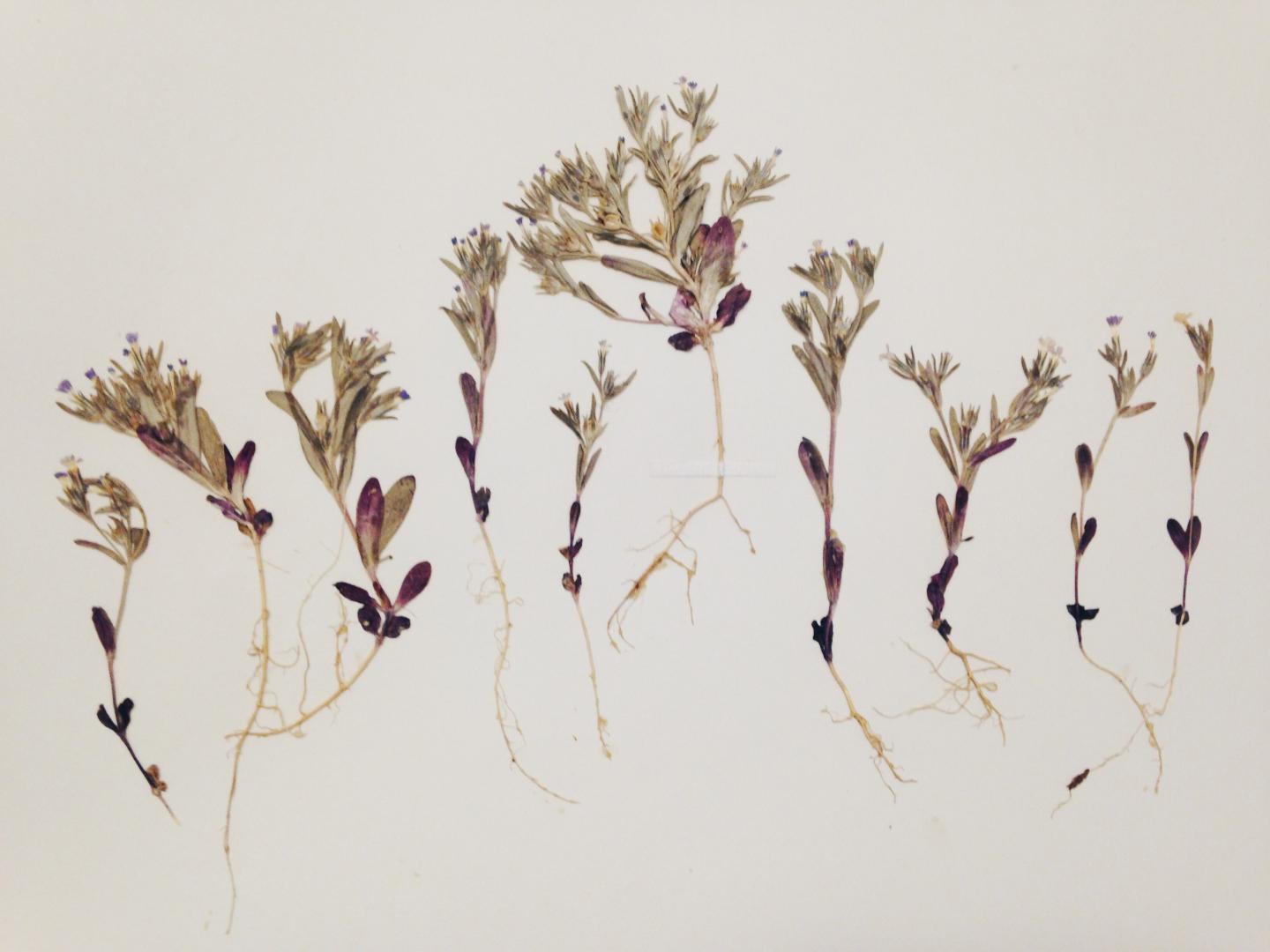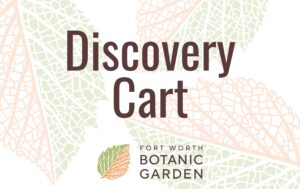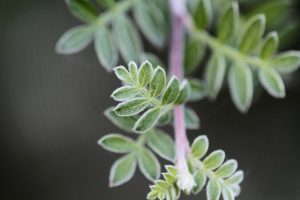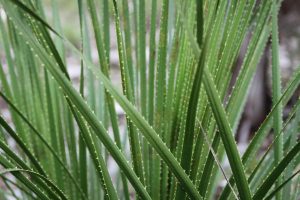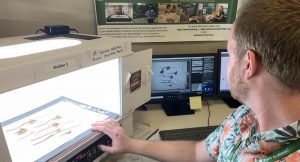Herbaria around the world struggle to keep their doors open, to raise operational funds, to seek the support of their administration, and to keep their collections active and growing. Unfortunately many herbaria reach a point at which they have to close their doors. The BRIT herbarium has provided a secure location to house many orphaned collections, including the following:
1987 Southern Methodist University Herbarium (SMU)
These approximately 450,000 specimens form the nucleus of the Institute and represent the life’s work of Drs. Lloyd Shinners and Eula Whitehouse. SMU collections include historically important specimens from early Texas botanists, including Ferdinand Lindheimer. With the SMU collection, BRIT gained one of the best collections of Texas bryophytes, including the vouchers for the The Mosses of Texas (Whitehouse & McAllister 1954).
1997 Vanderbilt University Herbarium (VDB)
This valuable collection of specimens represents the life’s work of Dr. Robert Kral and is one of the foremost collections of vascular plants from the southeast U.S. The Vanderbilt Herbarium contains about 400,000 specimens, including many threatened and endangered species. This collection is housed separately from the BRIT/SMU main collection.
2000 Southeastern Oklahoma State University Herbarium (DUR)
This collection of about 78,000 specimens from Oklahoma was donated to BRIT by Drs. John and Connie Taylor. Included in this collection are vouchers for An Annotated List of the Ferns, Fern Allies, Gymnosperms, and Flowering Plants of Oklahoma, by the Taylors (1994).
2001 Houston Public Museum (HPM)
10,000 specimens, collected primarily from the Gulf Coast region by Dr. Alfred Traverse.
2002 Dartmouth College (HNH)
This collection of 25,000 specimens was originally part of the herbarium at Dartmouth. It contains many historically-important collections from the United States, including Texas.
2003 Heber W. Younken Sr. Collection of Medicinal Plants (MCP)
This historical collection consists of about 7,000 medicinal and economically important plants, and was used for teaching by Dr. Youngken at the Massachusetts College of Pharmacy. This collection was a gift from the American Botanical Council in Austin, Texas, who acquired the collection from the college in 2000.
2006 University of Texas, Arlington (UTA)
Approximately 7,000 specimens, primarily collected by UTA professors and students from the North Central Texas area.
2006 Fort Worth Museum of Science and History (FWM)
The personal herbarium of one of Tarrant County’s first botanists, Dr. Albert Ruth (1844-1932). These 8,000 specimens are from Texas and other parts of North America; about half of them were collected by Ruth himself.
2011 Fort Worth Museum of Science and History (FWM)
The remainder of the collection consisting of the personal herbarium of one of Tarrant County’s first botanists, Dr. Albert Ruth (1844-1932) as well as other significant Tarrant County collections.
2017 University of Louisiana at Monroe (NLU)
Over 450,000 specimens from the University of Louisiana at Monroe (formerly Northeast Louisiana University). Renamed the R. Dale Thomas Collection in honor of its most prolific collector and curator, the NLU collection has strengths in Louisiana flora and in the daisy family, Asteraceae.
2021 Hardin-Simmons University (HSU)
Approximately 6,000 specimens consisting of primarily vascular plants and including a small number of non-vascular specimens (e.g. algae). These specimens were collected across the United States and Canada, but the collection has a special emphasis on Taylor County, Texas. Roughly 2,500 specimens were collected by Dr. William F. “Bill” Mahler, who established the herbarium in the 1960s. Dr. Mahler is a special person to the BRIT Herbarium as he was one of the people to establish the Botanical Research Institute of Texas and served as the first director from 1987-1992.
2023 Dr. Allan Nelson Collection (ex TAC)

